
Researchers have discovered how carbon dioxide (CO2) protects table grapes from cold damage when kept in cold storage for long periods.

Wide-scale use of biochar has been proposed as a method for increasing the storage of carbon in soil in order to mitigate climate change. While this technique can provide biofuel and improve soil quality, and has been widely studied in agricultural systems, little is known about its effect on natural systems such as grasslands.
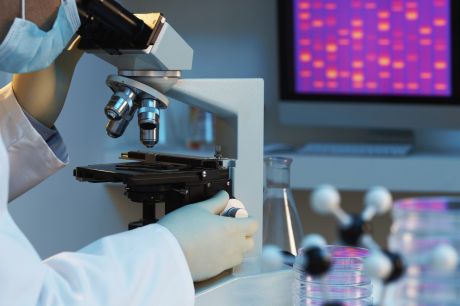
Biofilm-contaminated urinary catheters are associated with annual health care costs exceeding USD 400 million. Researchers developed novel coatings and sonochemical techniques to prevent such contamination.
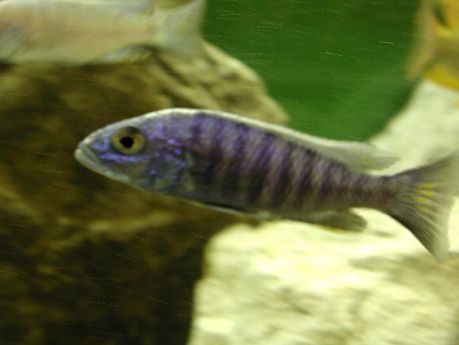
Nitrate contamination from human activities has increased significantly in recent decades, but its effects on aquatic organisms were not well understood. An EU-funded initiative therefore examined the impact of nitrate pollution on interactions between species, including host-parasite interactions.
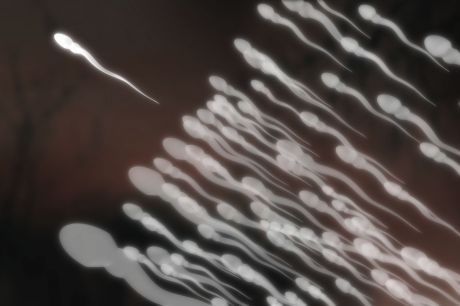
A worm that is both male and female, changes its sperm production according to competition and inseminates itself is providing new insights into male fertility.

Scientists are producing chemicals safely and cheaply using abundant, non-toxic metals like iron or cobalt to speed up chemical reactions, instead of traditionally used precious metals.

A European consortium is developing a novel therapeutic intervention for autoimmune diseases. This approach specifically suppresses the immune system parameters responsible for the autoimmune attack, while enhancing regulatory T cells.
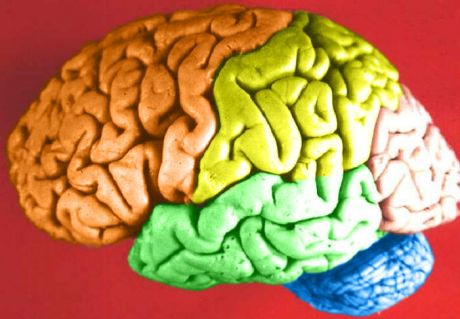
Our brain allows us to perceive, think and act through complex interactions between neurons. EU-funded researchers worked to elucidate the non-random dynamics of neuronal networks.
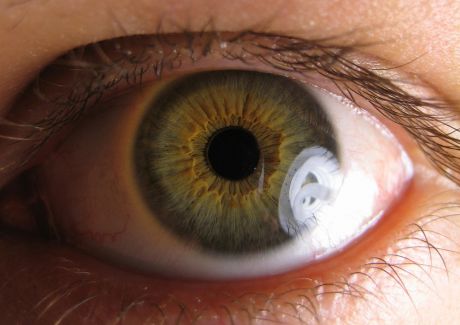
Humans have wondered for aeons how we perceive our visual space; for example, simple properties such as luminance and contrast. EU research has investigated how synaptic connections in the retinal neuronal circuit encode visual information.
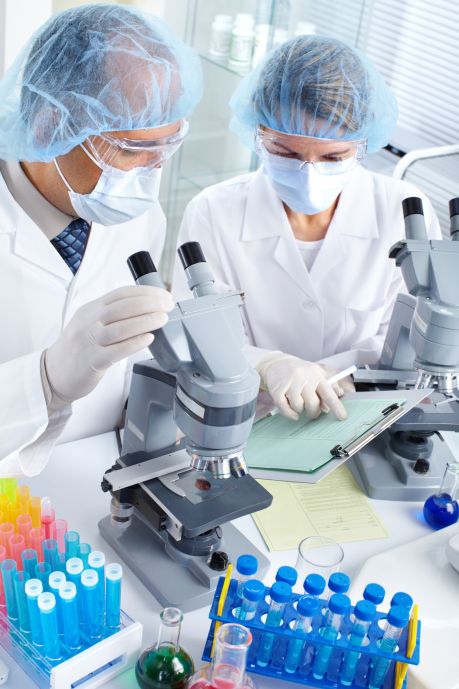
Effective health communication during an infectious disease outbreak is crucial for influencing the public and helping to contain disease. An EU-funded study worked on a behavioural and communication package to convey relevant messages to the public.

The injudicious use of antibiotics has led to the emergence of antibiotic resistant bacteria. Finding novel treatments represents a significant medical challenge.

Designing new antivirals requires the detailed molecular and structural understanding of key steps in virus replication.

During development, nerve cells often follow very specific paths for their projections or axons to reach the correct target. So-called axon guidance is just one key to perception and cognition.

Researchers are studying how genetic changes allow plants to adapt to environmental change. Predicting such responses to future climate change will allow researchers to develop sustainable crops.
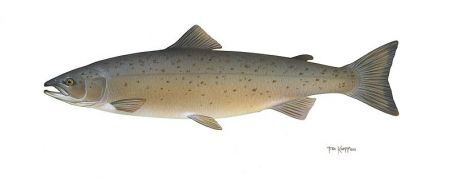
EU-funded researchers are investigating Atlantic salmon to better understand the impact of global environmental changes on genetics.
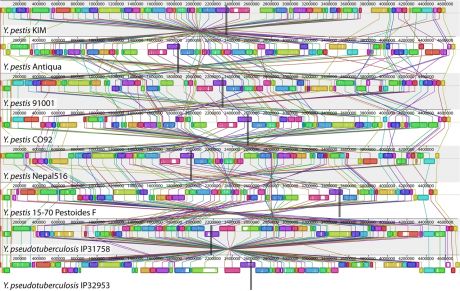
The global research community has dedicated a great deal of time and money to deciphering the human genome. An EU-funded project has applied the knowledge and tools gained in this effort to the life sciences beyond Homo sapiens.

In response to injury, skeletal muscle activates orchestrated molecular mechanisms to restore muscle architecture and functionality. Understanding how this process changes in muscular dystrophy is vital for designing novel therapies.
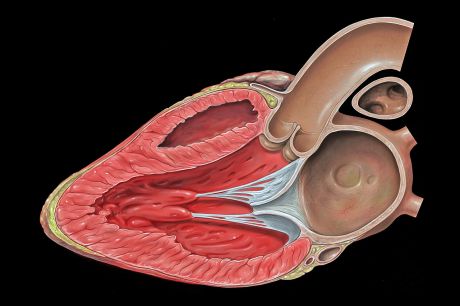
Cardiac arrest remains one of the major challenges of modern cardiology. A European consortium is working on a novel treatment based on ultrasound technology.
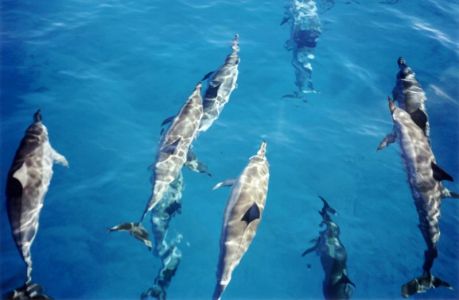
The spinner dolphin (Stenella longirostris) contains six groups living in particular habitats (ecotypes). EU funding supported investigation of the evolutionary mechanisms behind the different traits exhibited in these populations.
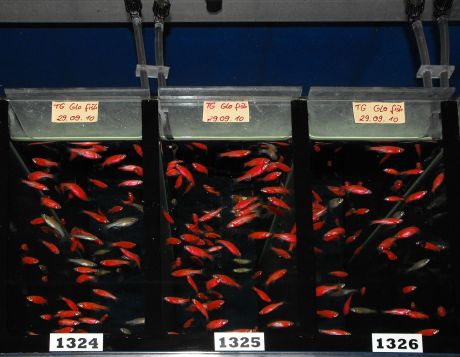
European researchers studied the process of vascular formation in zebrafish embryos. Their findings bring us a step closer to comprehending this vital process in health and disease.
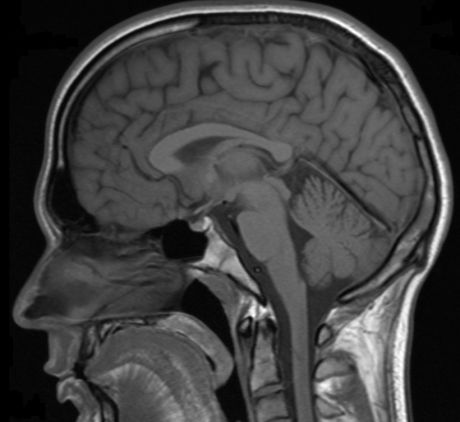
Multidisciplinary research on the workings of the brain and innovations in neuroimaging promise to support the creation of valuable research in addressing neuropsychiatric disorders.
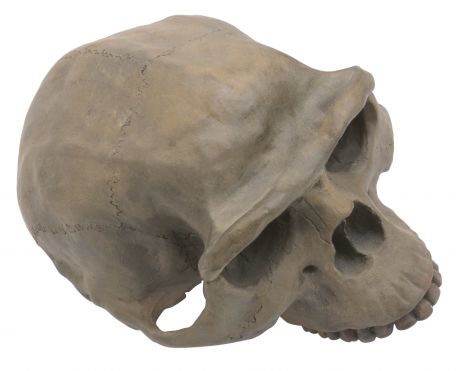
Many fundamental questions about the biology of Neanderthals (Homo neanderthalensis), such as how they stood and walked, remain unanswered. An EU-funded project studied the bone structure of this extinct human species to reveal the truth.
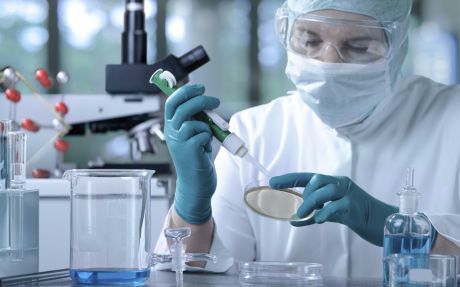
An EU-funded study is investigating the association between Streptococcus infection and tic disorders. The findings will shed light onto the pathogenesis of tic disorders and determine the genetic and environmental risk factors.

An EU project has taken an interdisciplinary approach to examining the mapping between language and perception across the lifespan of both healthy and clinical populations.
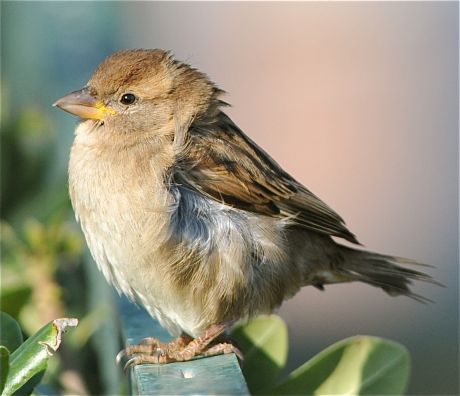
Researchers are using a sparrow hybrid, which recently evolved from a cross between two different sparrow species, to understand the genetics behind speciation.
























